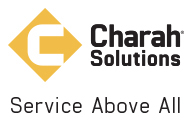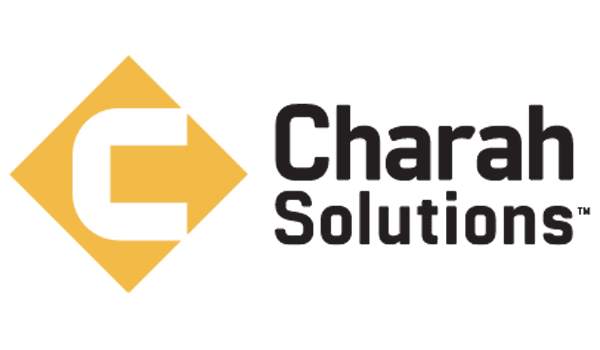SITUATION
While a Mid-Atlantic utility was recycling more than half of the Coal Combustion Residuals (CCRs) it generated for use in products such as cement and concrete, not all could be used due to a lack of market demand. In the fall of 2007, the utility voluntarily began hauling and placing its non-beneficially used CCRs at privately owned commercial lined landfills as part of a consent decree signed with the state Department of the Environment.
The utility turned to Charah Solutions to evaluate long-term and secure, cost-effective CCR use or disposal opportunities. In 2008, over 300 sites in four states were evaluated for environmental, regulatory, capacity, and operational feasibility.
INNOVATIVE SOLUTIONS
Site Evaluation and Selection
By late 2008, Charah Solutions presented the utility with a recommendation to purchase and develop an existing, unused 65-acre industrial waste landfill, located just miles away from the plants. The site identified by Charah Solutions was already permitted as an industrial waste landfill and was located within a heavy industrial zoning district, separated from any residential land use. In addition, no private wells were located within the vicinity of the site. The site conformed to the utility’s strict environmental requirements and provided for long-term and cost-effective CCR disposal. The site would also reduce the utility’s carbon footprint by decreasing CCR hauling distances and travel times. The utility accepted Charah Solutions’ site recommendation and shortly thereafter secured an option to purchase the property. Having successfully completed the site selection process and meeting the day-to-day needs, Charah Solutions was then tasked with providing the design and engineering for converting the industrial waste landfill into a newly permitted landfill for the disposal of CCR materials.
Permitting Process
To comply with the regulations, Charah Solutions navigated the site design, permitting, and construction process over a period of over two years.
Engineering Design
The property presented a unique and natural environmental buffer as it is situated over a 100-foot thick clay base at a permeability of 1×10-7 cm/sec. This buffer allowed Charah Solutions to place 60-mil HDPE liner directly on the graded subbase. The liner preceded the installation of the leachate collection system, which is comprised of a network of 8-inch perforated HDPE pipes surrounded by coarse aggregate, all encased in filter fabric. The leachate system also includes a 12-in drainage layer and 12-in protection layer. Both specify a minimum hydraulic conductivity of 4 x 10-3 cm/sec. The leachate collection system was designed to maintain the leachate depth over the bottom liner to no more than one foot. The pipe network drains to a leachate sump that discharges into a lined collection basin on site. The leachate collection basin is equipped with a telemetered and audiovisual alarm system to provide system monitoring. Once collected, the leachate is transported to an approved wastewater treatment facility.
Long-Term Design and Permitting
Upon reaching fill capacity, the cells will be closed by placing a 24-in clay cover layer on top of the CCRs with a 40-mil HDPE liner system over top of the cover layer. A geocomposite drainage layer will be installed above the 40-mil liner, followed by 18” of protective soil, 6” of topsoil, and vegetation. This will provide a fully-encapsulated system and will promote stormwater flow across and off of the landfill to the designed stormwater conveyance infrastructure.
Stormwater Management
A permanent stormwater management (SWM) system has been implemented to closely maintain the pre-development runoff characteristics after site development and to enhance water quality at National Pollutant Discharge Elimination System (NPDES) permitted discharge points. Design parameters provide protection of natural resources, integrating erosion and sediment (E&S) controls with SWM practices, minimizing site imperviousness, taking advantage of the natural hydrology, and implementing the use of smaller controls to capture and treat stormwater closer to the source.
Monitoring
For monitoring during and after CCR placement, the site is surrounded by six perimeter groundwater monitoring wells. An active groundwater monitoring plan requires semi-annual sampling to document groundwater quality, to demonstrate that the background groundwater quality is not affected by present operations on the property, and to record groundwater quality directly downgradient of the limits of CCR placement. Groundwater levels in the wells are monitored monthly.
Long-term engineering design includes the development of future cells and the installation of mechanically stabilized earthen walls for environmental conservation, including preservation of existing wetlands located onsite.
RESULTS
The project resulted in the state’s first permitted CCR landfill following the recent enactment of the state regulations. The landfill is expected to accommodate approximately 7 million tons of CCRs over a projected life of 22 years. Additionally, the design conforms to the EPA’s proposed approach under Subtitle D.

